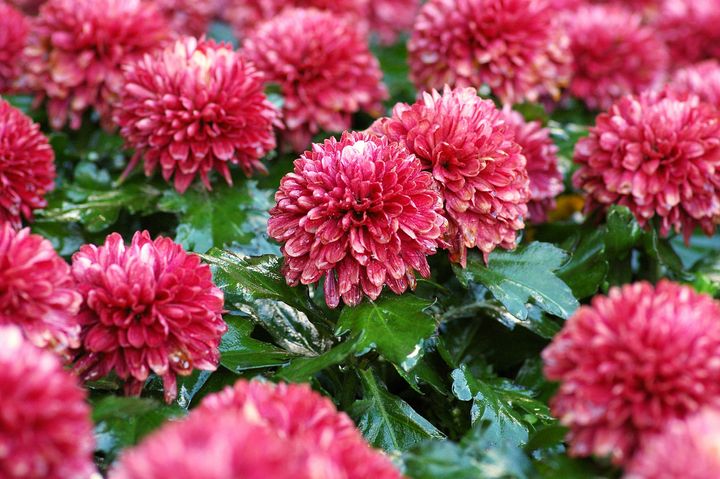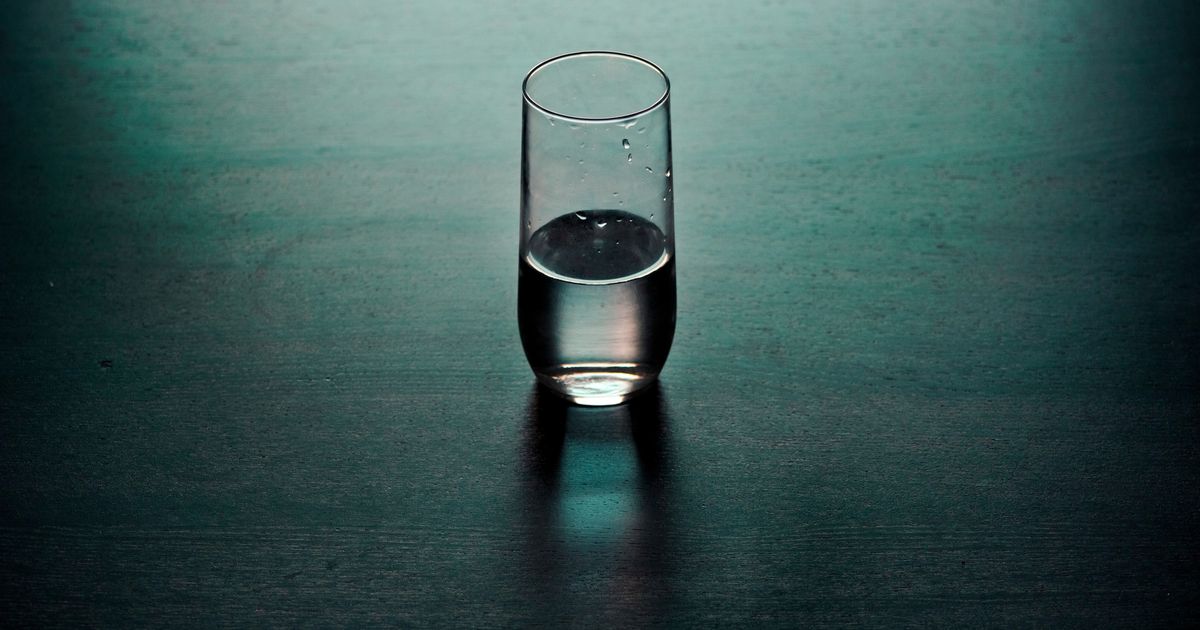
When I texted my partner, “You won’t believe what I’ve just seen!” this morning, I think he figured I’d witnessed a crime.
Nope ― it’s just that my 7:45 return from the gym was bathed in real, blue-skied sunlight. That felt unthinkable even two weeks ago.
Advertisement
This sign of life sounds the first death knell for February, to which I say, good riddance. Spring is on its way; intrepid blossoms take their first floral gasps of above-0° air, and the garden begins to return to its verdant glory.
Of course, all this comes with a downside (or upside, depending on your perspective). Don your dormant gloves, gardeners ― we’re back to work!
Here are the tasks experts advise finishing in March:
1) Plant and sow
Now’s the time to plant everything from summer-flowering bulbs to new roses to shrubs, climbers, and wildflower seeds.
Advertisement
You can also sow onions and shallots, alongside other hardy veg like cabbage, lettuce, early potatoes, broad beans, radish, and cauliflower.
2) Prune roses
For the most bountiful display in spring and summer, it’s important to prune roses and climbers early on in the month ― dogwoods and willows will benefit from a harsher cut-back now too.
3) Weed, even if the weeds don’t look all that damaging
We’ve written before about how tackling perennial weeds before summer hits is key, even if they don’t look like they’re doing much harm.
Advertisement
They’ve growing thick, hard-to-remove roots at the moment; lift them and their roots from the ground as soon as you can to save yourself a horticultural headache later.
4) Get ahead of slug infestations
Slugs and snails seem to wake up the second your prized veggies do (funny, that).
Try biological controls or alternatives to keep their numbers in check ahead of spring.
5) Check for aphids too
Tender new stems don’t stand much of a chance against swarms of spring aphids. Manually remove them before the problem goes out of control.
6) Deadhead spring flowers
We were all excited when the first daffodils puffed their yellow chests up, but it’s important to deadhead those who have since wilted.
Advertisement
That’ll ensure an equally resplendent show next year, especially if you feed the bulbs with tomato feed.


























